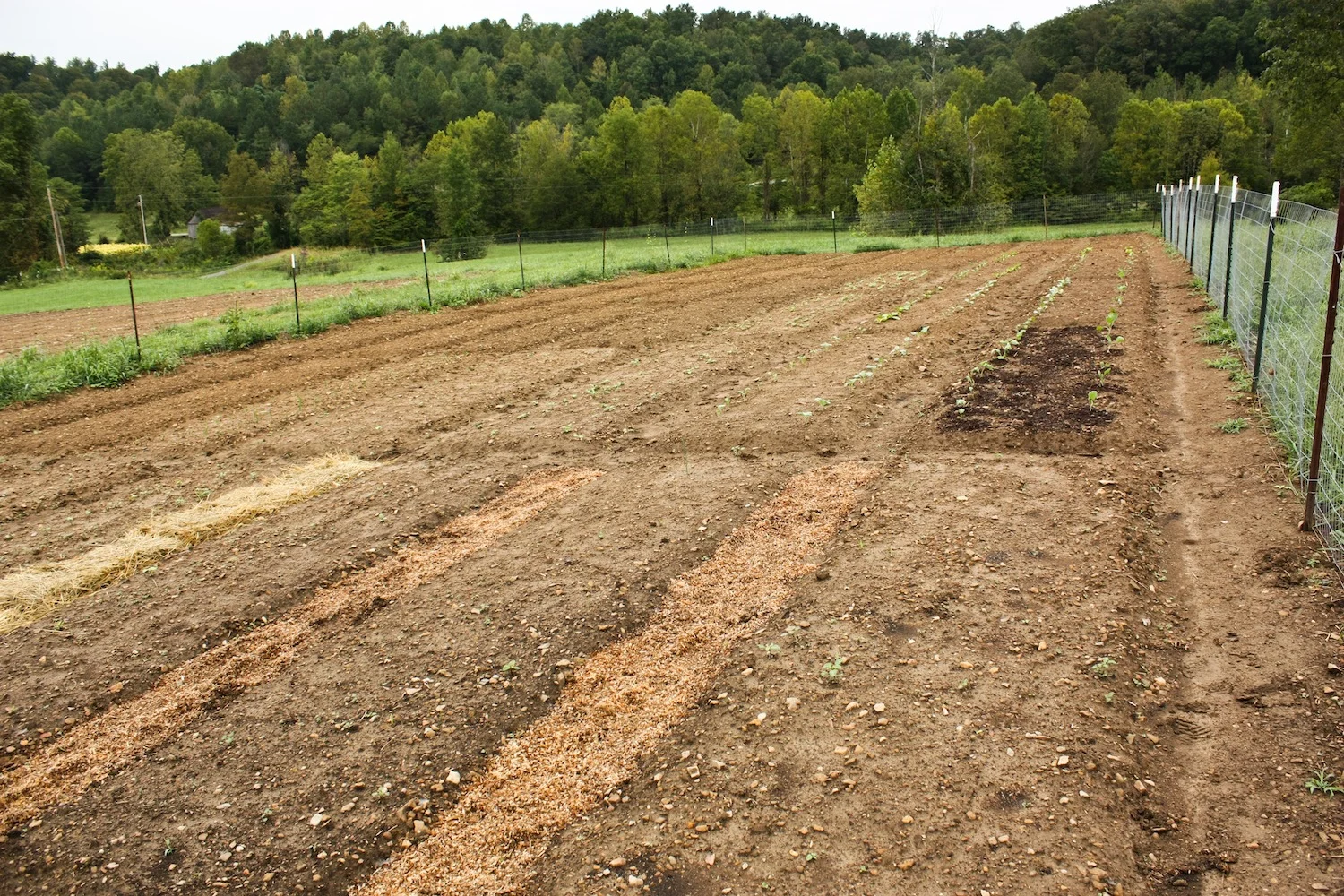A recent article in The New York Times (by the same title as this one) discussed changes in modern produce and presented evidence that our supermarket fruits and vegetables are not as nutrient dense as their wild progenitors. What I appreciated about this article is that it did not limit nutrition to solely vitamins and minerals, but also in terms of their beneficial phytochemistry (i.e., plant compounds) and fiber content. After presenting several examples of how modern produce has changed in regard to earlier forms of the same species, the author recommends people recapture these lost nutrients through consumption of specific cultivated plants. Wait a minute …
The author of the article in question is clearly aware of the changes, sometimes manifest, that have occurred between wild plants and their cultivated derivatives. Cultivated (i.e., genetically modified through breeding and sometimes also laboratory methods) plants have, on average, lost vitamins and minerals, lost beneficial phytochemicals, lower omega-3 fatty acid content, and less fiber (but more calories). All of these differences mean that the plants we purchase for food have lost some of their medicine—they have lost some of their ability to heal us and keep us free of ailments (in fact, some actually contribute to chronic disease). Consequently, people do get sick (at greater frequencies than ever before) and need to buy their medicine from pharmaceutical companies. As an alternative, you could just eat wild plants, species that still have their phytochemical constituents intact. These phytochemicals are known to reduce inflammation, bolster our immune system and protect us from cancer, be beneficial for cardiovascular and neurovascular health, protect against heart arrhythmias, lower blood viscosity (which lowers blood pressure), and fight infection (through antimicrobial constituents), among many other actions. Said another way, these plants still possess their medicine. So why doesn’t the author, or for that matter almost all mainstream diet gurus, recommend incorporating wild plants into the diet?
There may be many reasons why most dietary experts don’t try to foster an awareness of the benefits of wild plants. I suspect that there are two primary reasons: (1) they believe cultivated and wild plants to be largely equivalent and/or (2) they (and their clientele) are primarily familiar with supermarket foods, which means they may not possess the requisite skills to forage for wild plants. I would argue that in either case they are doing their students and customers a disservice. To the first point, there are far too many articles and studies for me to list demonstrating the nutritional superiority of wild plants. I summarized a fair amount of this research in the Bulletin of Primitive Technology Number 40. To the second point, this is also no excuse. If people are aware of the benefits of wild plants, they will learn to overcome the obstacles that may currently stand in the way, such as how to identify, where to find, and when to collect wild food.
My advice for the country’s two major, competing dietary approaches that are attempting to regain lost health (strict vegetarianism and paleo diet): eat more wild plants, as many as your skills and landscape allow. A diet rich in seedless fruits, greens that lack bitter components, and sweet-tasting tubers and tap roots, is a diet rich in plants that have lost most of their medicine (i.e., these plants have been manipulated). The missing seeds contained cancer-fighting compounds. The bitterness in the leaves represented antioxidant content. The less sweet taste spoke to higher fiber. If you eat only plants (vegetarianism), you should eat the most nutrient dense plants you can find. Remember, plant breeders manipulate genomes to produce larger size, longer shelf life, sweeter taste, and more uniform ripening. They very rarely focus on the nutrition of the plants you eat. If you are trying to mimic a diet practiced by early hominids (paleo diet), you should eat as many wild plants as you can because cultivated species did not exist during that time (i.e., eating cultivated plants is just about as paleo as eating refined white sugar). Wild plants offer many different, beneficial avenues, including self-reliance, exposure to the elements, exercise, intellectual challenge, and awareness. Don’t fear the wild—embrace it.
